Verified Projects have different standards, such as Verra and Gold Standard, and are subject to a rigorous certification and verification process.
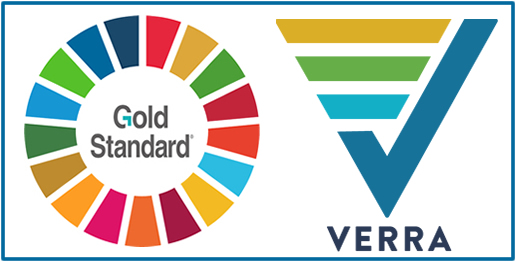
To be certified, projects must have verifiable attributes and must submit regular updates and reports.




Validity

Projects must be certified to world standards
Transparency

Information on the project is made readily available.
Efficiency

Projects should offer efficient methods to reduce carbon.
Types of Projects
Projects can include wind, solar, hydro, biomass energy recovery, geothermal and GHG abatement. They aim to reduce greenhouse gas emissions whilst supporting sustainable development in developing countries. To deliver genuine emission reductions and meet the UN’s Sustainable Development Goals.
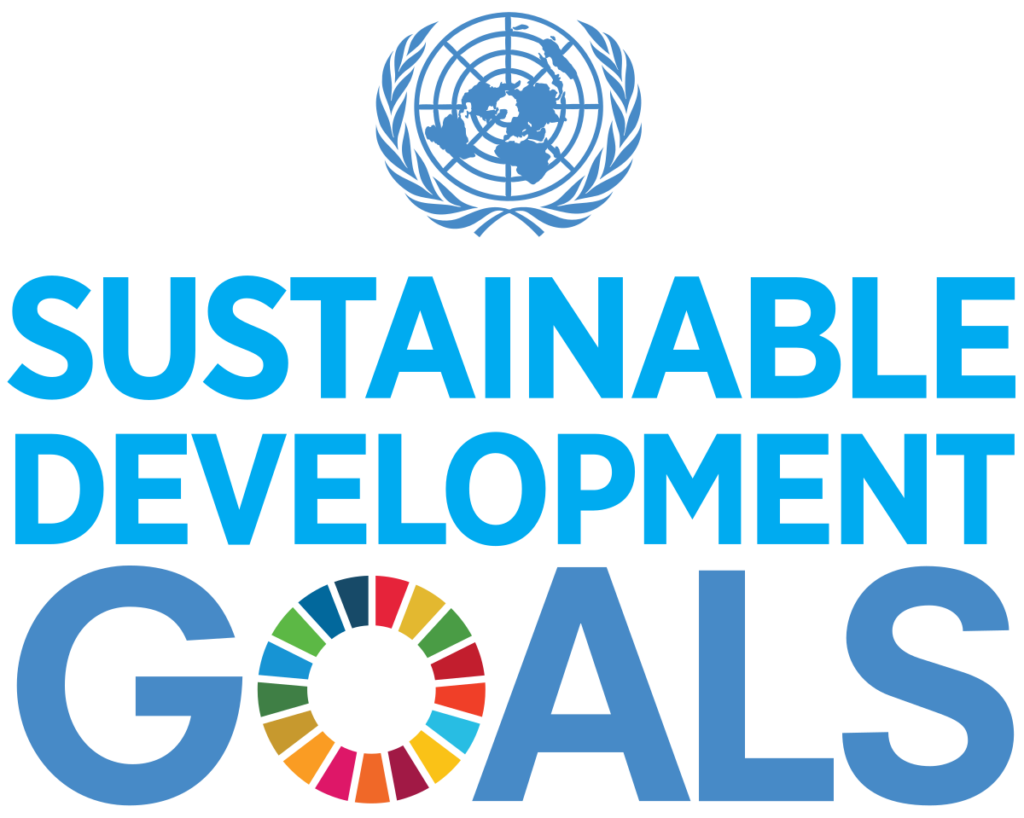
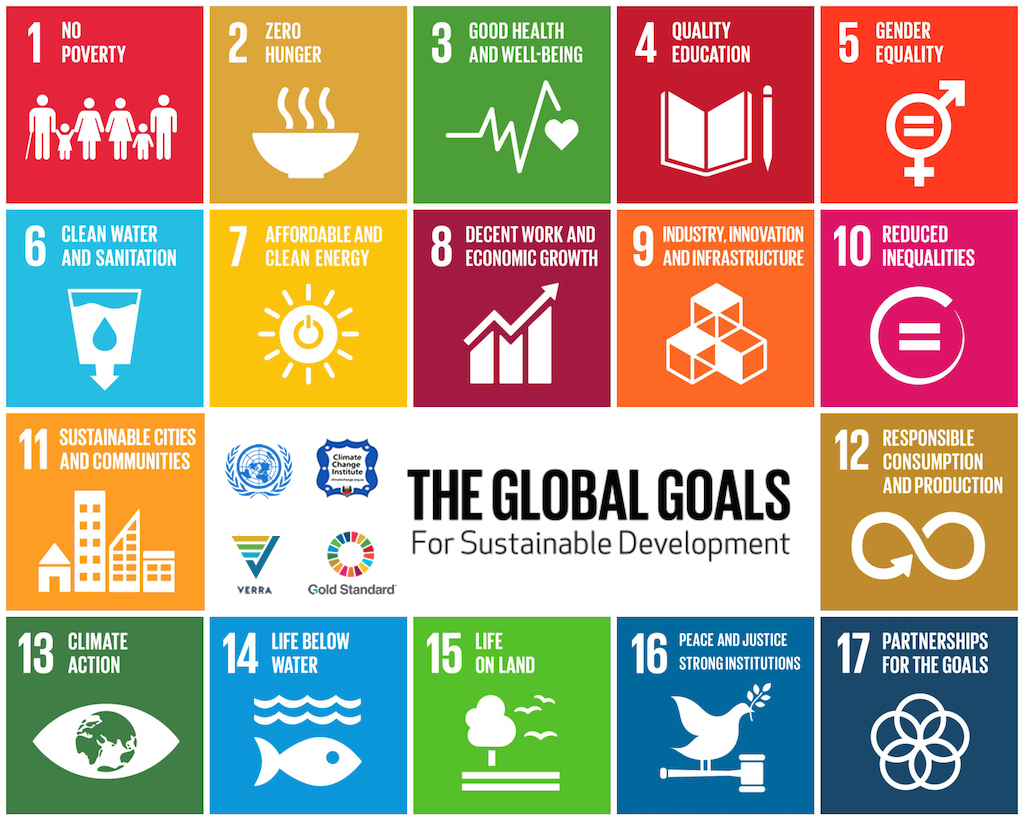
Wind Power
THE SITUATION
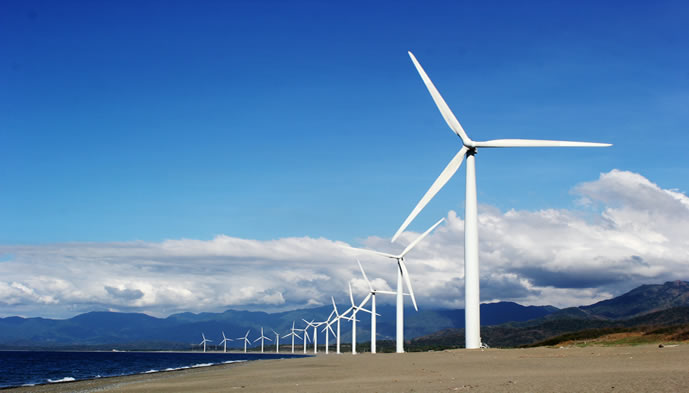
Wind Projects produce renewable energy to power homes and industry, keeping hundreds of thousands of tonnes of CO2 out of the atmosphere each year. Developing countries have experienced a rapid increase in the demand for electricity fuelled by economic growth over the past two decades. However, with demand outpacing the current supply, electricity shortages and increasingly regular power cuts are negatively affecting the economy and local livelihoods.
THE SOLUTION
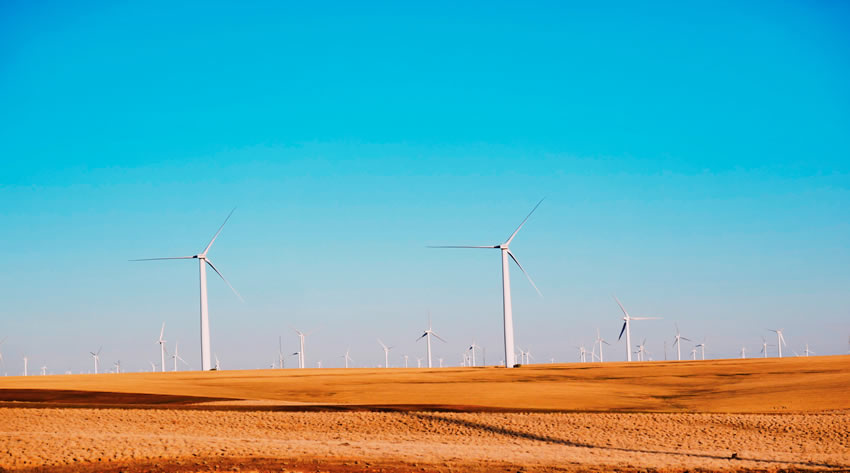
Wind turbines generate clean electricity, displacing energy generated from fossil fuels and reducing global emissions. They contribute to bridging the supply-demand electricity gap in developing countries and are an important investment in renewable energy. In addition to replacing electricity generated by fossil fuels, these projects provide opportunities for the next generation of renewable energy technicians by providing work and critical experience.
THE IMPACT
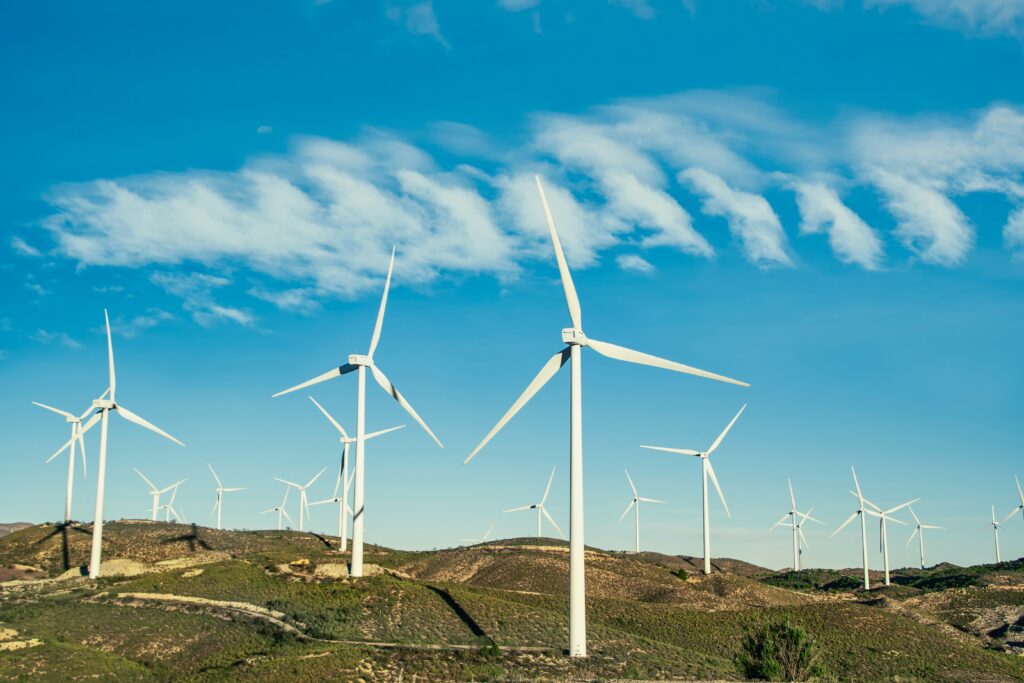
These projects meet growing demands with clean energy and helping drive a low carbon future and boost local economic development. They projects create steady jobs for the operation of the wind farm and pave the way for similar wind power projects in the region. This can include the construction of upgraded power transmission lines which reduces electricity losses and improves supply.
THE OUTCOME

By reducing the amount of greenhouse gas emissions in electricity generation, wind projects make a significant contribution to climate action globally. Air pollutants such as sulphur dioxide, nitrogen oxides, and particles resulting from the electricity generation from fossil fuels are reduced. The projects can boost local small economies by creating local employment during both the construction and operational phases, stimulating climate skills technology in developing countries.
Solar Power
SITUATION

Solar power projects have the potential that to save burning of millions of tonnes of fossil fuels each year, especially coal. They produce renewable energy to power homes and industry, keeping greenhouse gasses out of the atmosphere. There is a growing demand for energy, and solar power can drive a low carbon future and boost local economic development.
SOLUTION

To replace thermal and fossil fuel-based energy, these projects install a solar power facility in areas that can harness sunshine effectively. They reduce the emissions of harmful greenhouse gases, instead exporting clean and renewable energy to the grid. Projects assist to reduce emissions in developing counties and help achieve progressive environmental and economic targets by increasing solar energy capacity.
IMPACT
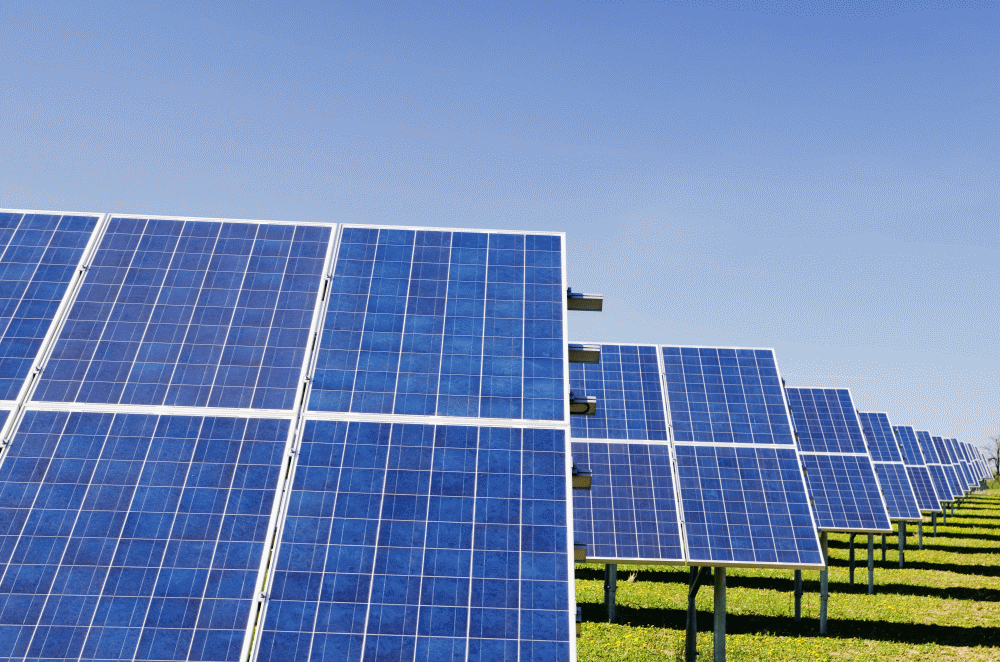
Solar energy projects reduce a developing country’s reliance on carbon-intensive energy sources and boosts local economies by providing job and training opportunities. As well as these direct benefits, the project funds a number of additional initiatives for local communities: installing solar street lights, giving solar lamps to local families and upgrading facilities such as schools and health clinics to ensure 24×7 uninterrupted access to electricity.
OUTCOME
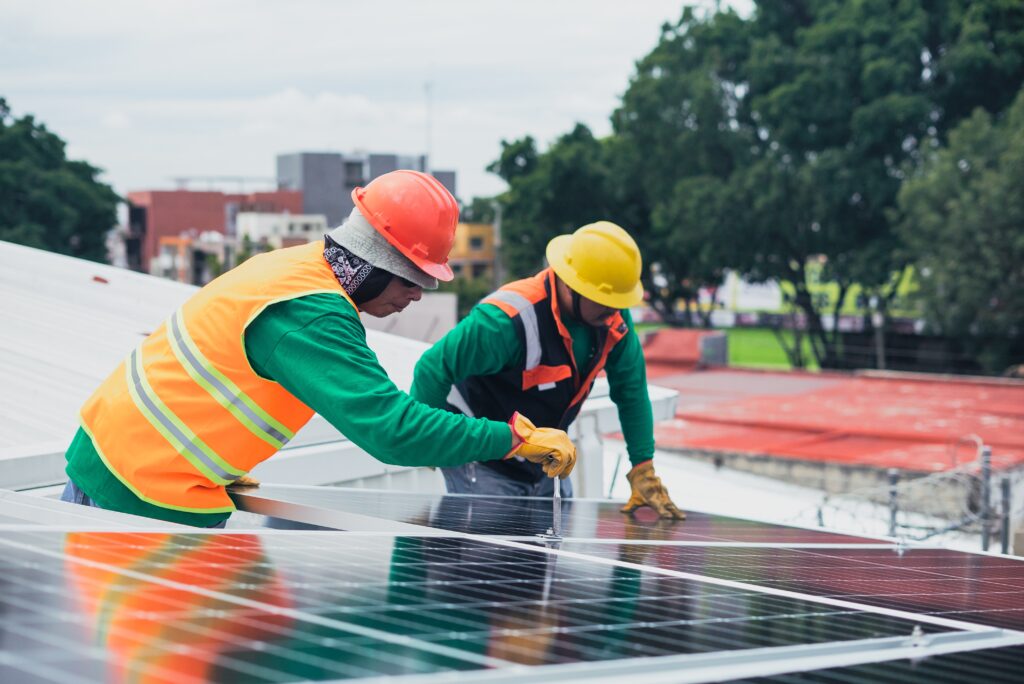
These projects makes a significant contribution to climate action globally by reducing the amount of greenhouse gas emissions in conventional electricity generation. They can boost local small economies, create steady jobs and stimulate renewable energy technology in developing countries.
African Cookstoves
SITUATION

Biomass, especially firewood and charcoal, is widely used in many developing countries as a fuel for cooking, particularly in rural areas. It is generally carried out on thermally inefficient traditional devices that produce large amounts of CO2 and indoor pollution which can cause respiratory health hazards.
SOLUTION
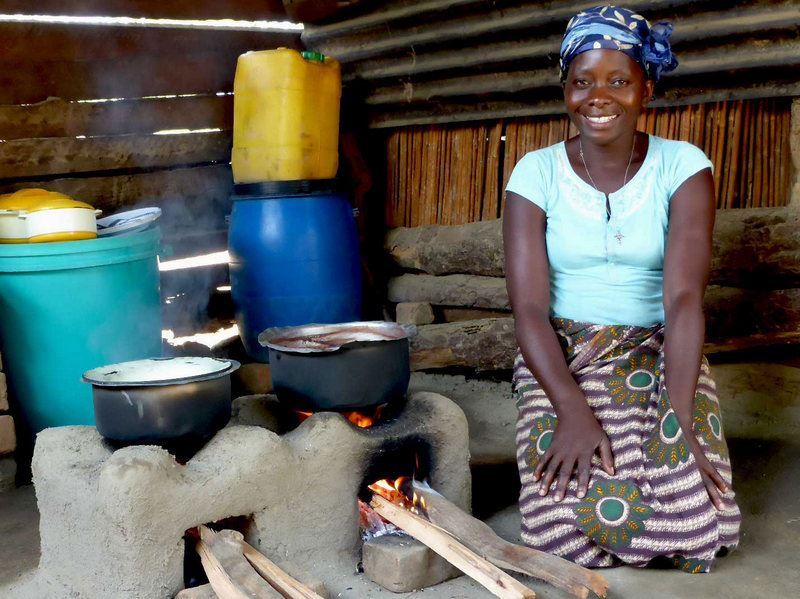
The project provides fuel-efficient cookstoves which reduce the amount of greenhouse gas emissions going into the atmosphere for cooking the same amount of food. Households save money by having less fuel requirements and health is improved through the reduction of indoor air pollutants
IMPACT
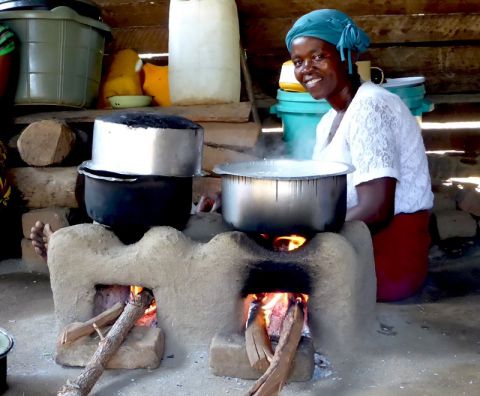
The project provides fuel savings for many poor households and reduces consumption of non-renewable wood. It can lead to a significant reduction in the annual usage of biomass and a decrease in the rate of deforestation, which has a positive impact on biodiversity.
OUTCOME
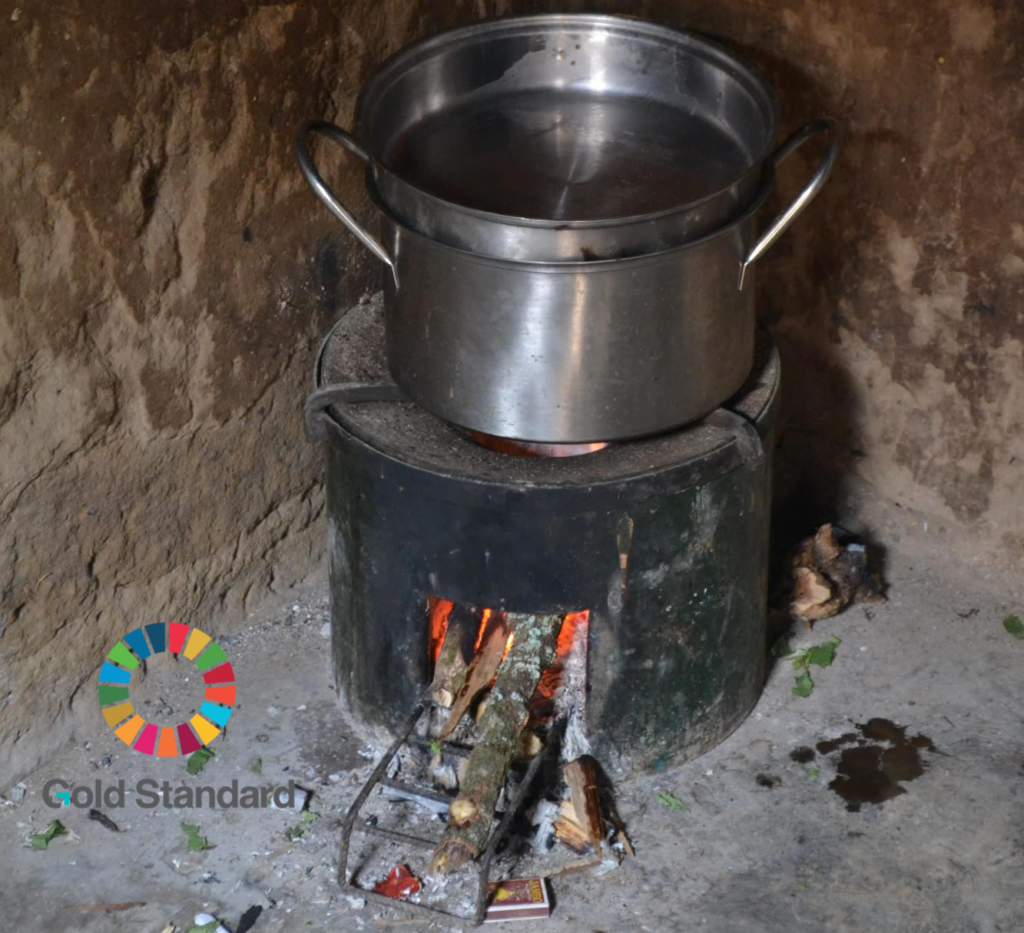
Projects like these have distributed thousands of efficient cookstoves to replace open fires. They reflect traditional woodfire methods, but require approximately sixty-six percent less firewood. They considerably reduce smoke emissions and improve community health in developing countries.
Energy Efficiency
SITUATION
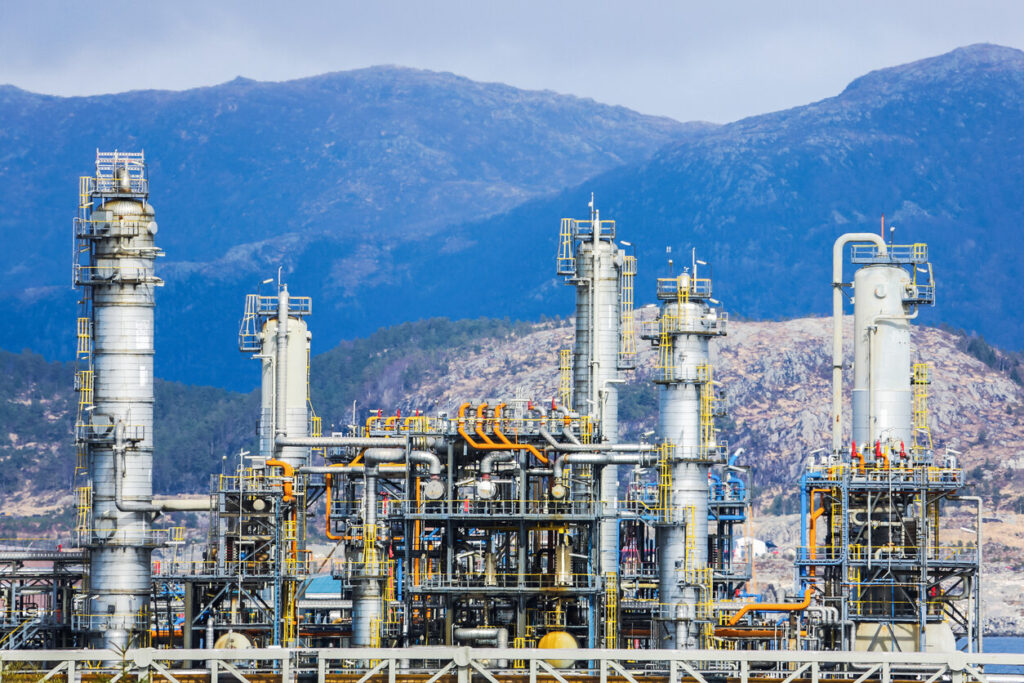
The economic stability and social prosperity of developing countries depends upon the sustainable growth of the energy sector. Many are facing growing energy demands, which can lead to a strong dependency on imported coal and oil which places a substantial economic and climatic burden.
SOLUTION

Instead of being vented into the atmosphere, energy such as waste heat in industry can be recovered and utilized to drive power plant turbines that generate electricity. Energy Recovery Project methods include capturing and transferring heat from a process with a gas or liquid back that would otherwise be wasted.
IMPACT

The energy source can be used to create additional heat or to generate electrical and mechanical power. This presents an alternative to the use of fossil fuels and encourages more sustainable production methods and green technology skills.
OUTCOME
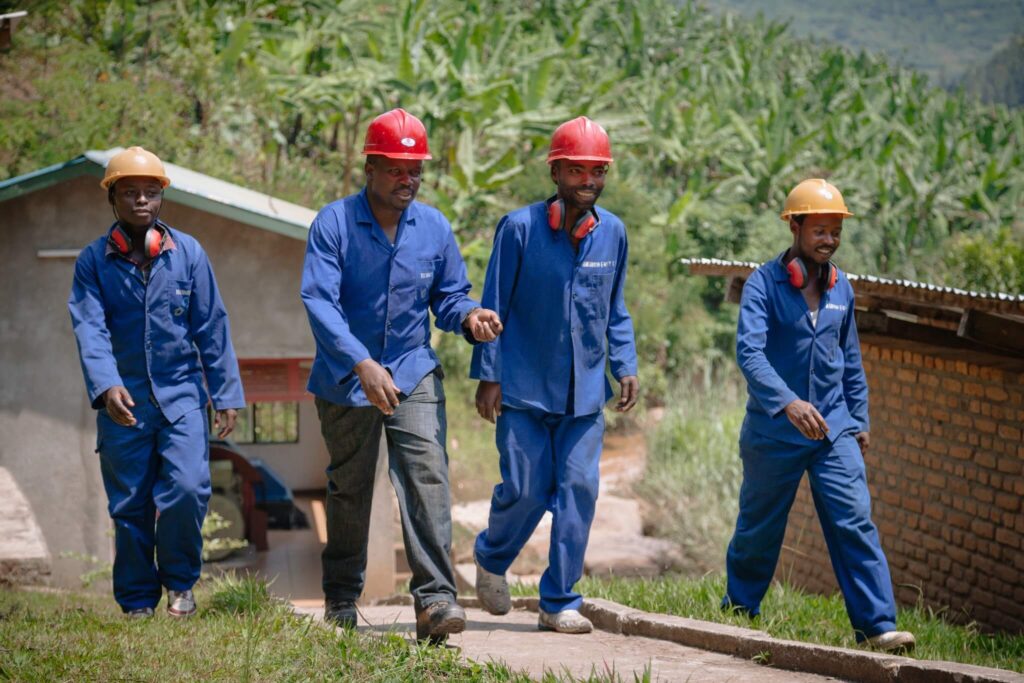
Energy recovery CDM projects help to improve energy supply in developing countries, often in situations where they have an unstable electricity grid. It reduces their use of fossil fuels, and helps to provides social and environmental benefits to communities in the surrounding areas.
Biomass Waste Projects
SITUATION
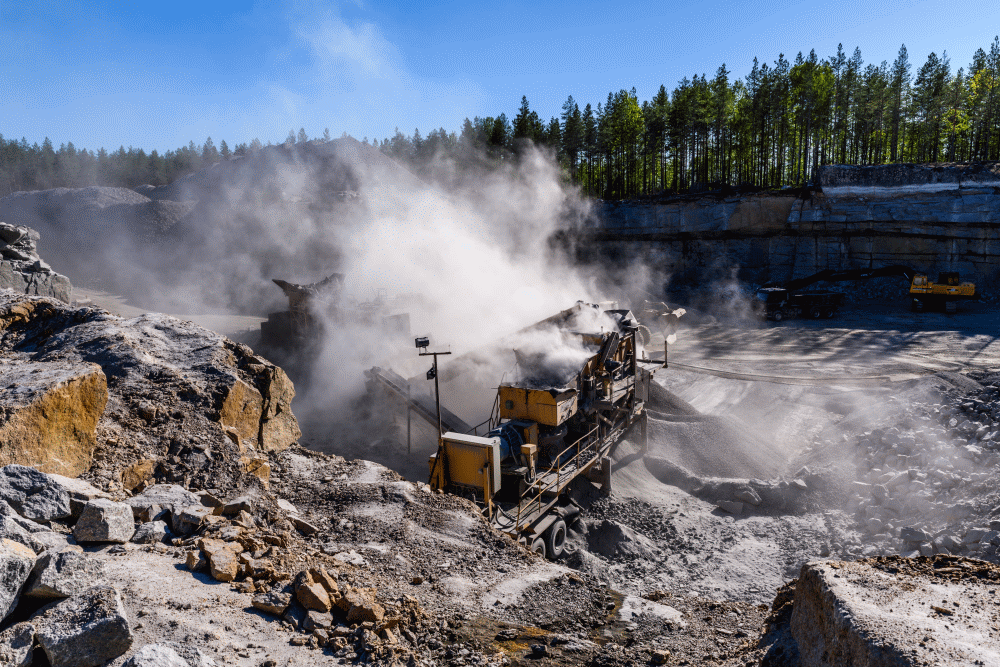
When organic waste starts to decompose it releases methane, a potent greenhouse gas. In the past, there has been a lack of measures to control greenhouse gas emissions from being released into the atmosphere from landfills in developing countries.
SOLUTION
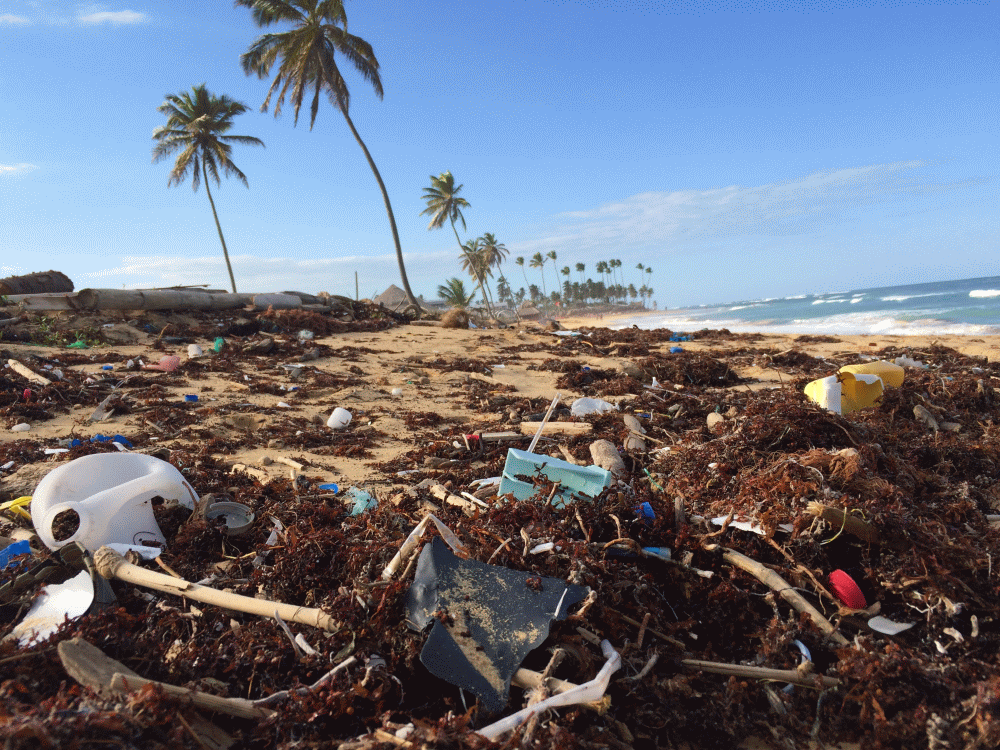
Waste Projects have the potential to keep millions of tonnes of CO2 out of the atmosphere each year. They aim to address the environmental impact of landfills by managing waste and remaining organic matter.
IMPACT
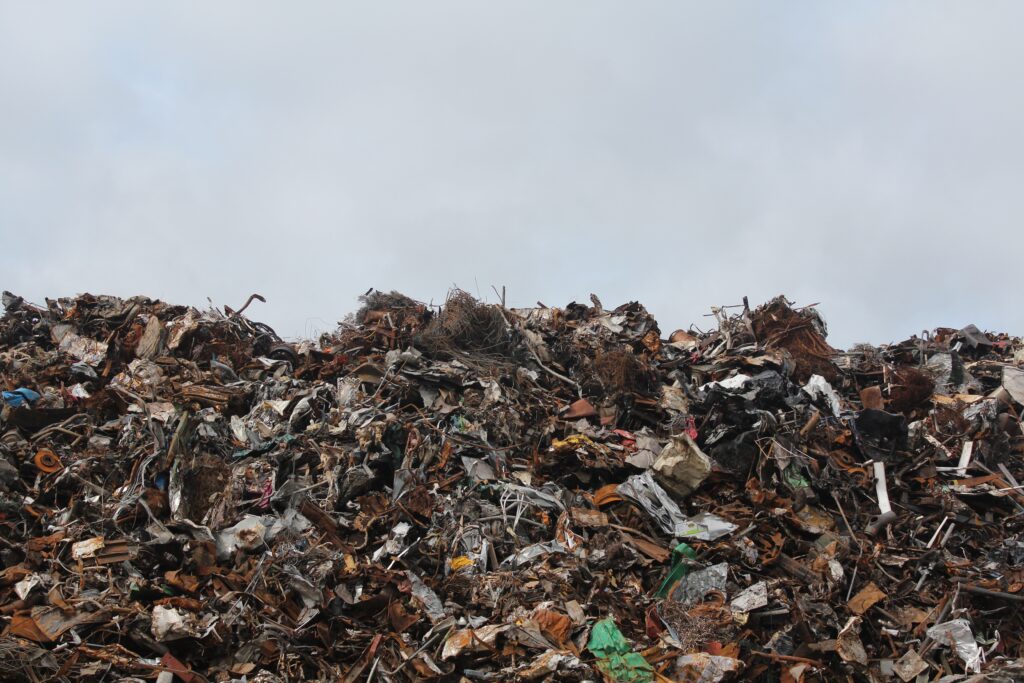
By preventing methane emissions from being freely released, the project is helping to combat climate change. They can also reduce the amount of waste going into landfill through a stringent recycling, which prevents soil contamination.
OUTCOME
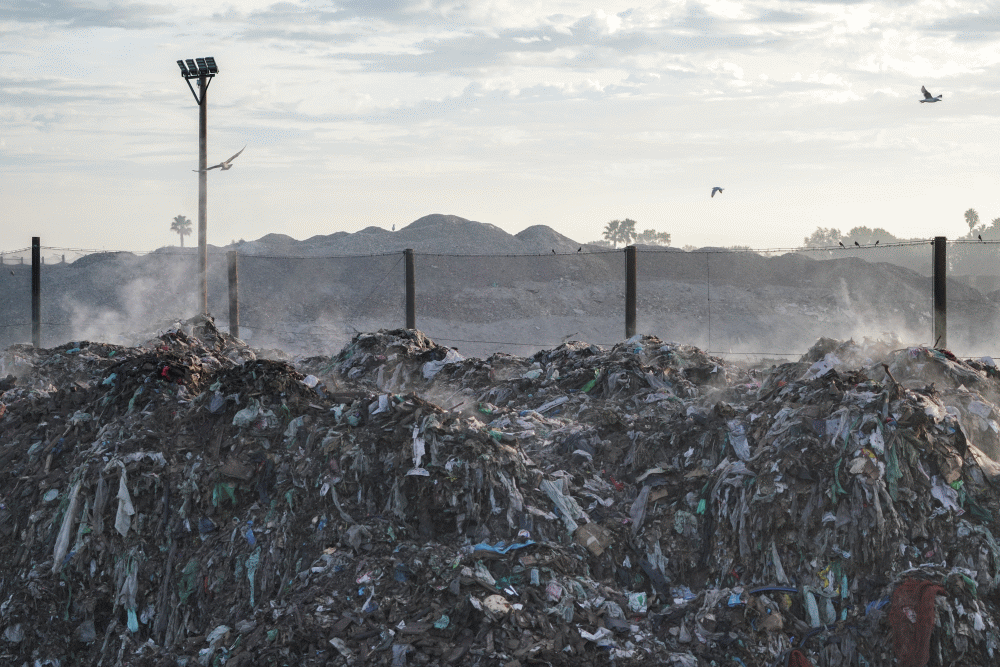
These type of projects reduce the amount of greenhouse gases going into the atmosphere, improves the local environment and can boost local small economies by creating local employment that stimulates recycling skills in developing countries.
GHG Abatement
SITUATION

GHG emissions such as nitrous oxide (N2O) are an undesired by-product of the industrial production process and are normally released to the atmosphere.
SOLUTION
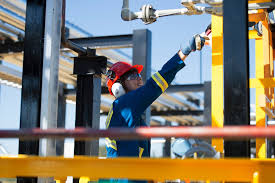
To avoid this, plants can be fitted with a tertiary N2O abatement units which reduces the vast majority of N2O at the source, before it would be released to the atmosphere.
IMPACT

Reducing the amount of these type of greenhouse gas emissions helps the preservation of the ozone layer and stimulates climate skills technology.
OUTCOME

These type of projects make a significant contribution to climate action globally by reducing air pollutants such as nitrogen oxide and sulphur oxide and boosts green technology.
Geothermal Power
SITUATION

Geothermal power plants generate electricity from a source of geothermal steam. There is huge potential for geothermal energy production to lower worldwide greenhouse gas emissions and there are a large amount of geothermal reserves located around the world. However, only a small percentage have been developed.
SOLUTION
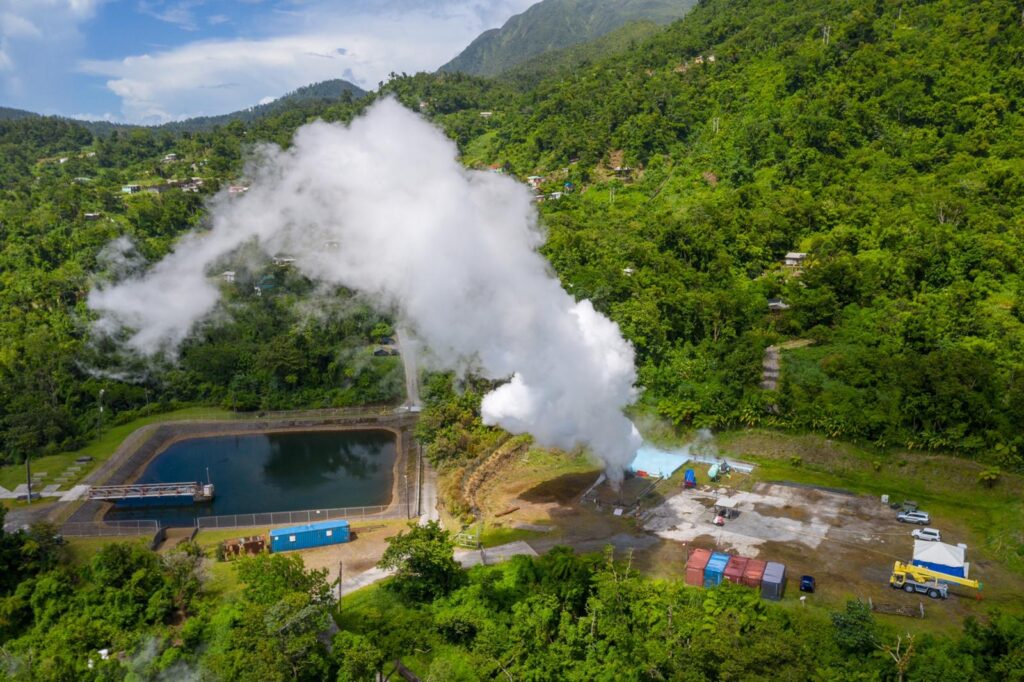
Geothermal Energy projects involve setting up a geothermal power plant which is is costly and risky. Geothermal exploration can often takes place in areas that are difficult to access that have the capacity to effectively power turbines to produce electricity.
IMPACT
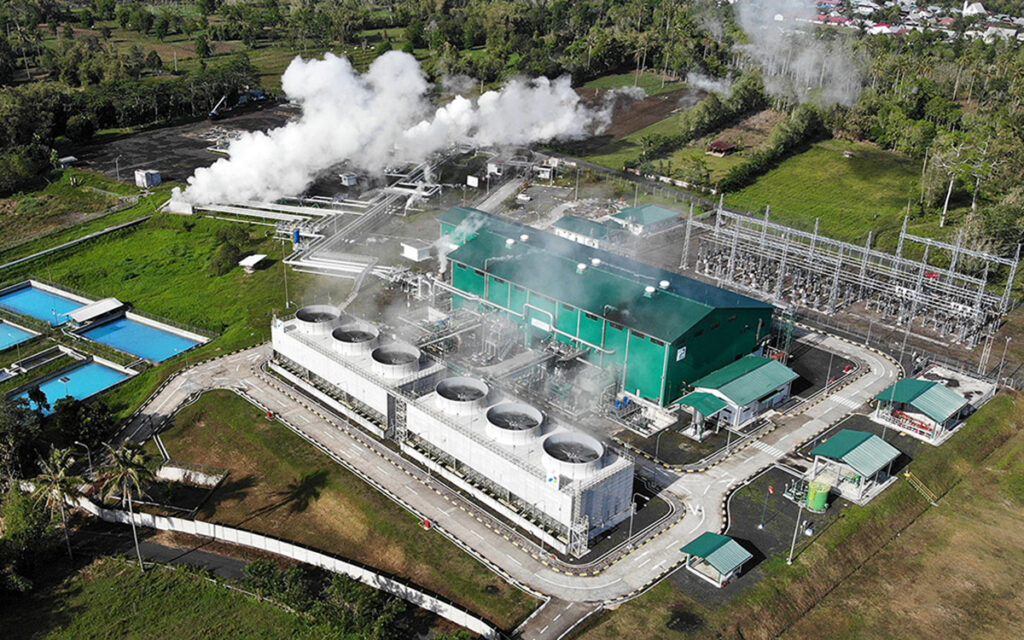
By replacing electricity generated by fossil fuels with renewable energy these projects reduce emissions that would have occurred from fossil fuel power plants, and help to drive a low carbon future, as well as boosting local economic development.
OUTCOME
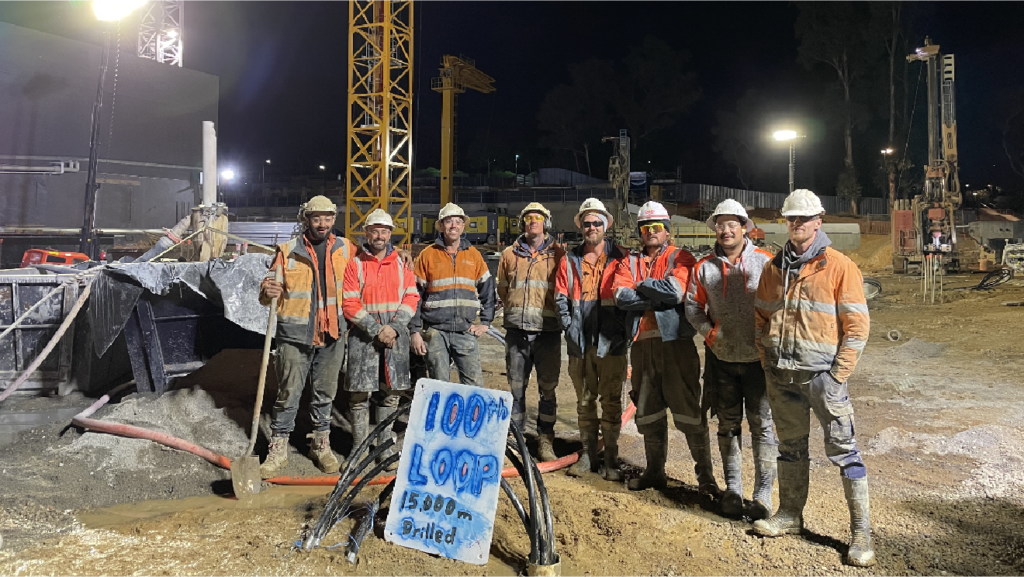
Projects such as these help to meet the growing energy demands of developing counties with clean electricity. The also can improve employment opportunities during both the construction and operational phases, and pave the way for similar projects in the region.
Energy Recovery
SITUATION
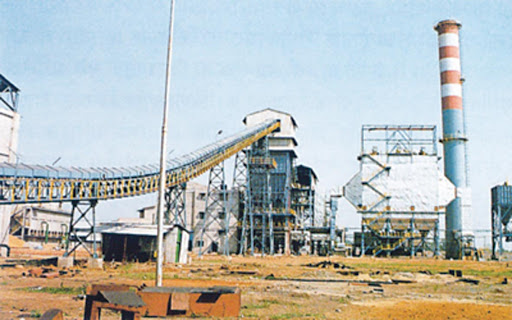
Many developing countries rely heavily on the burning of fossil fuels to supply electricity to their population. These highly emissions-intensive activities account for a large percentage of man-made CO2 emissions globally.
SOLUTION
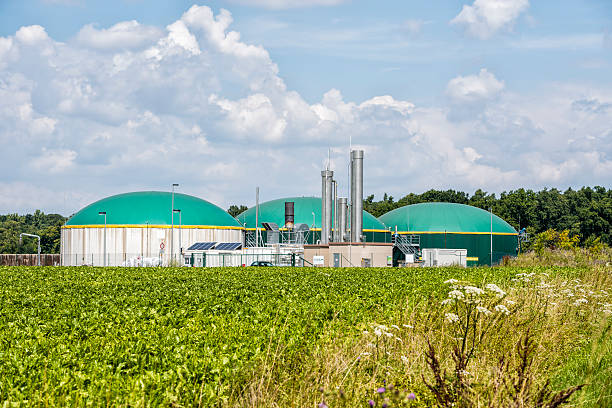
Biomass energy projects generate heat and/or electricity by combusting organic matter like rice husks, animal waste, sawmill waste and palm oil waste. The energy produced powers and heats homes and industries, often using waste that would have otherwise been left to decay, releasing methane into the atmosphere and added bulk to landfills.
IMPACT

Biomass to Energy projects are responsible for millions of tonnes of C02 emissions avoided per year, through the use of bio matter for fuel rather than leaving it to decay, which produces methane emissions and fine particles. They project provide a genuine alternative to fossil fuels, enabling a shift to more sustainable production methods
OUTCOME

Biomass projects enable a circular ‘waste’ economy and create supply chains and manufacturing processes for renewable biomass fuels, increasing their availability for local use. They meet growing demands for energy and and provide social and environmental benefits to communities in the surrounding areas.
Hydro Power
THE SITUATION
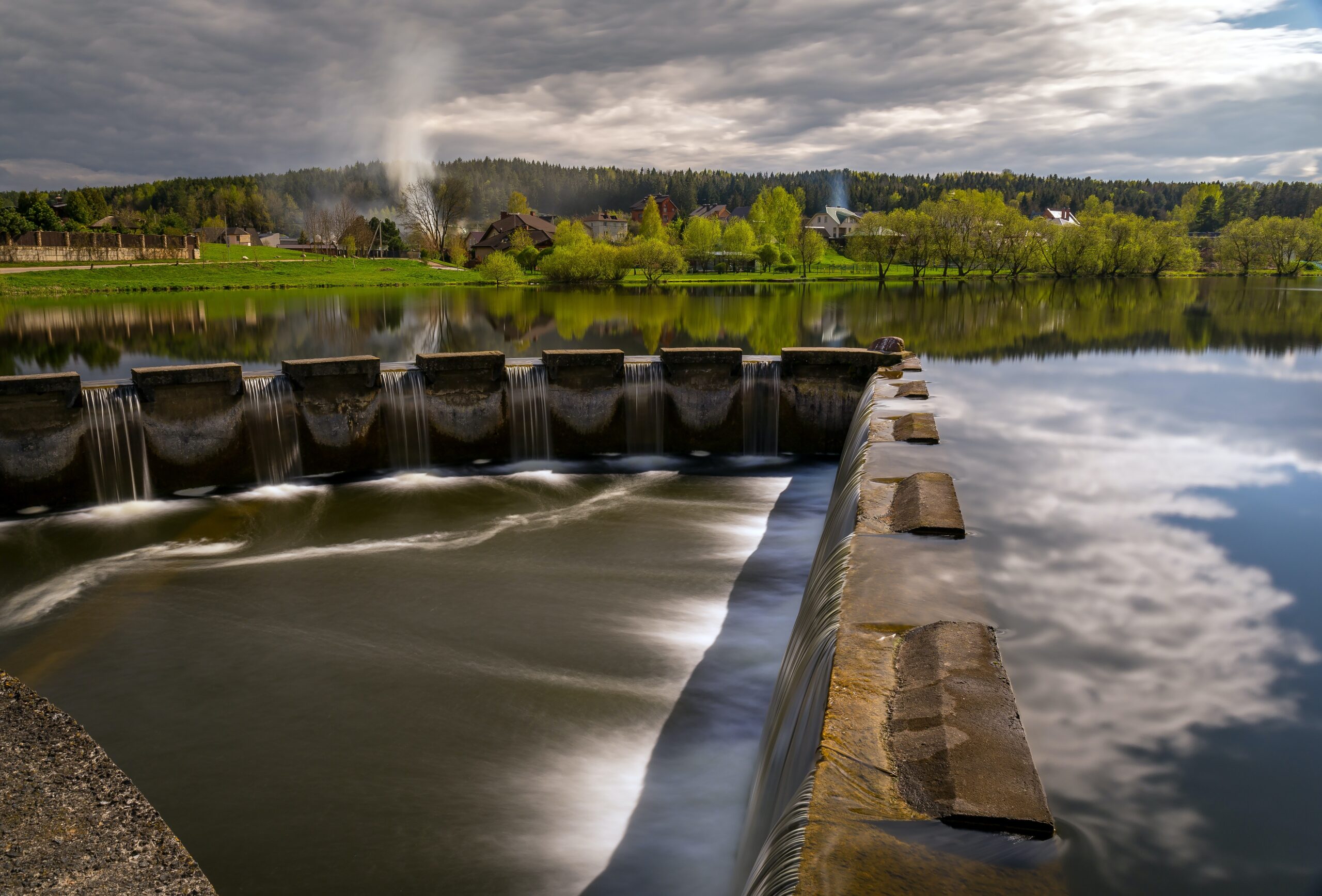
Hydropower plants do not emit the waste heat and gases—common with fossil-fuel driven facilities—which are major contributors to air pollution, global warming and acid rain. The mining and drilling required to acquire fossil fuels for other power sources also have a significant negative environmental impact.
SOLUTION
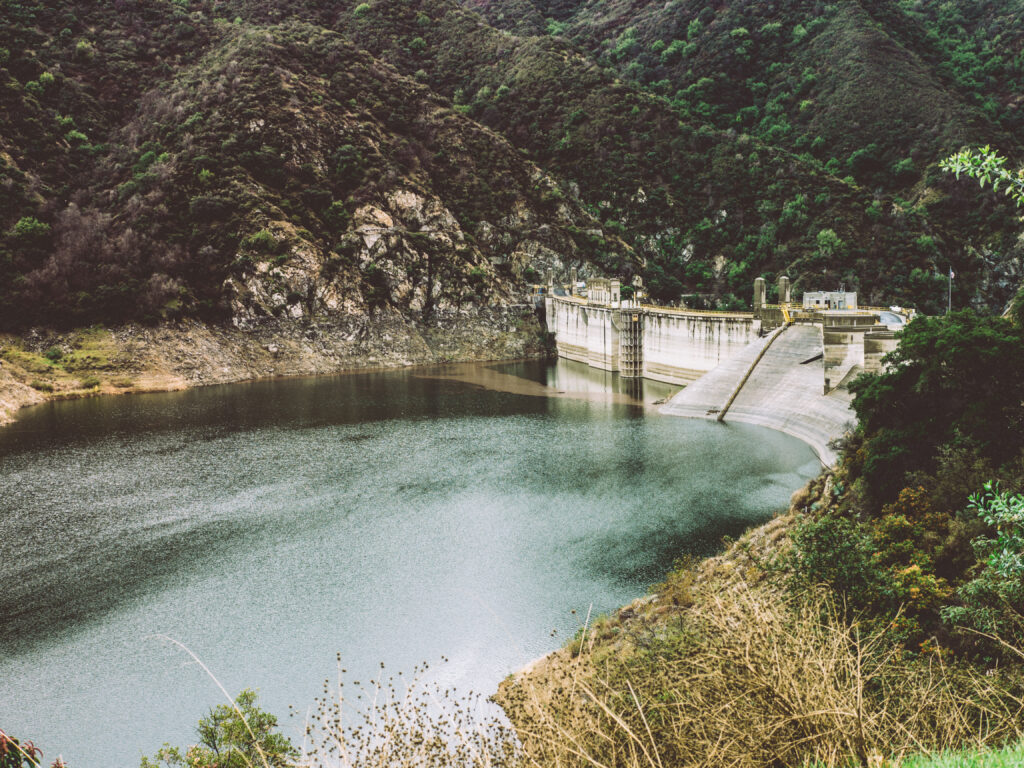
These projects produce renewable energy replacing electricity generated by fossil fuels, keeping millions of tonnes of CO2 out of the atmosphere each year in areas that have enormous hydropower potential to supply the surrounding region with clean energy.
THE IMPACT
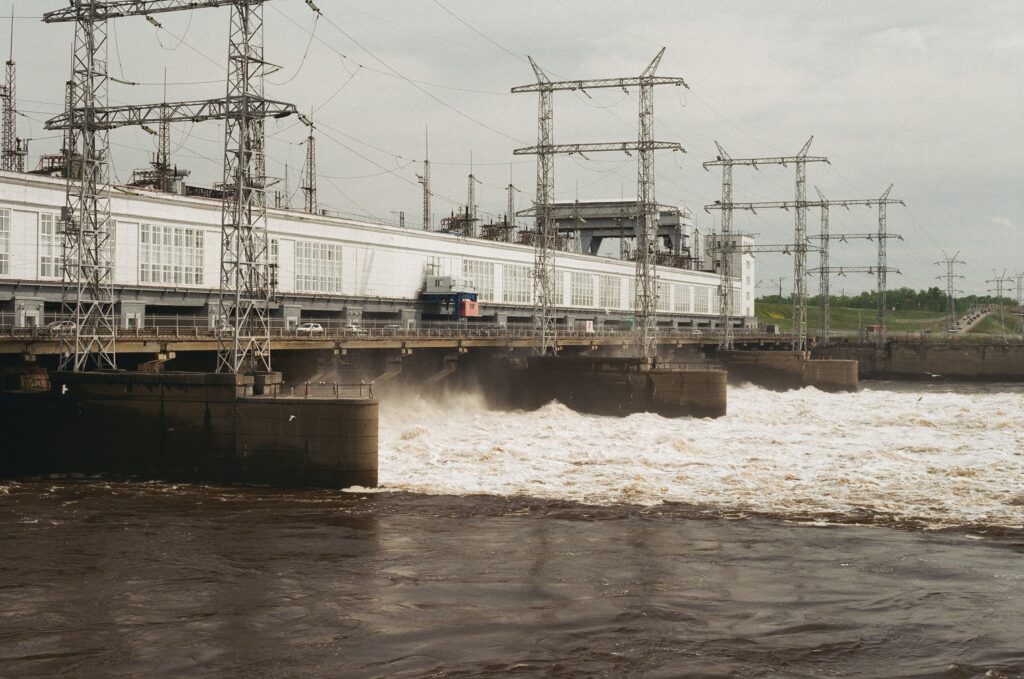
By producing clean, renewable electricity, this project is reducing reliance on fossil fuel energy sources which cuts global emissions. It also contributes to local economic development by providing job opportunities and improving the local infrastructure.
OUTCOME

Meeting the growing demand for electricity with clean energy to help to drive a low carbon future and boost local economic development. Provide opportunities for the next generation of renewable energy technicians and pave the way for similar projects in the region.
Reforestation
THE SITUATION

These types of projects combine both reforestation and afforestation activities with biodiversity protection and ecosystem regeneration, ultimately transforming lands into close-to-nature forests that sequester large amounts of carbon by acting as a carbon sink.
THE SOLUTION

Climate Reforestation projects can lack investment due to marginal, hard-to-reach locations. The project can boost local small economies by creating local employment during both the construction and operational phases, stimulating climate skills technology in developing countries
THE IMPACT

Forestry projects generate a range of significant environmental and socio-economic benefits. By mixing afforestation and reforestation activities, they conserve remaining forests which improves biodiversity, and further protects natural resources, with trees shielding the soil from erosion.
THE OUTCOME
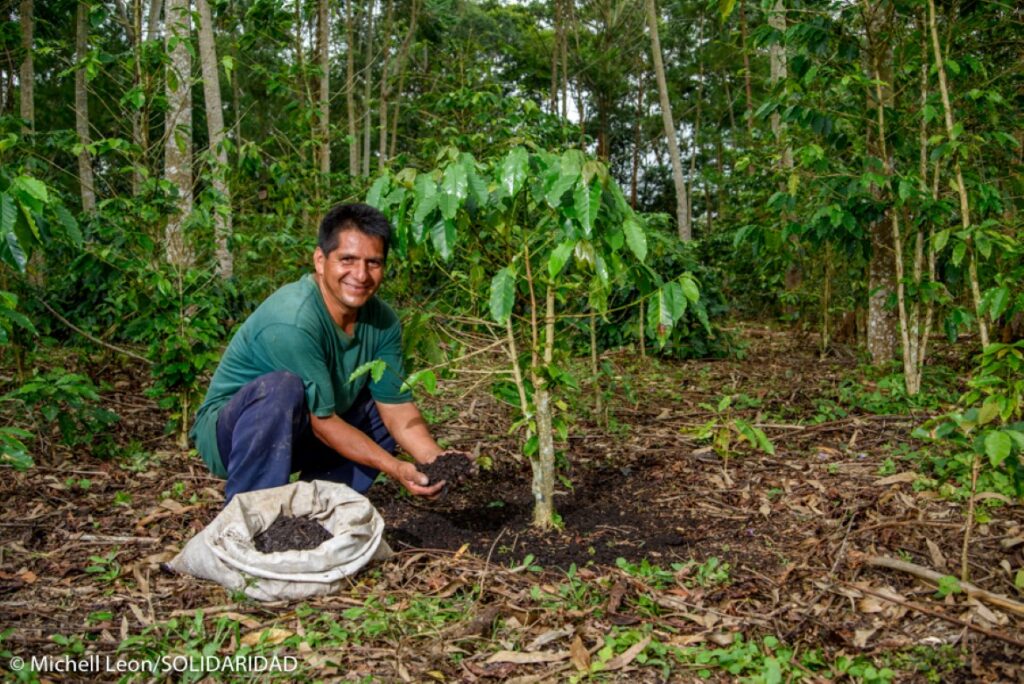
Income from secure job opportunities with legal protections for workers helps alleviate local poverty, with leadership and development programs also offered to employees. The project educates the community on climate change and the importance of sustainability activities.

The Gold Standard Registry issues carbon credits, each is equivalent to one tonne of CO2e. It is the central repository for all information and documentation relating to Gold Standard projects and units. The Registry also ensures the uniqueness of projects and credits in the system. Projects are subject to a rigorous verification process where transparency underpins the positive outcomes of the carbon projects.

Verra carbon credits are issued under the Verified Carbon Standard (VCS) Program, a leading greenhouse gas (GHG) crediting program. Verra sets the world’s leading standards for climate action and sustainable development. VCS projects have reduced or removed nearly one billion tons of carbon from the atmosphere with activities that reduce and remove emissions, improve livelihoods, and protect nature.
